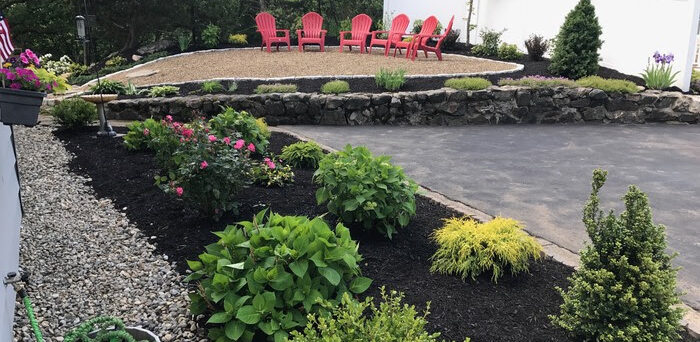Inexpensive Landscape Plantings

If you are getting ready to add landscaping features to your yard, saving money is always key. What are some of the features that make a plant a good buy? Many of the ways you can measure a plant as far as value are seen after the plant is put in the ground.
Inexpensive Landscape Plantings
One of the best features inexpensive landscape plantings have are noticed long after the purchase price. This is how you as the homeowner really feel about its appearance and longevity. Landscape plantings that don’t break the bank are always going to be a prime asset to your property. Here are some great options for additions to the garden that don’t hurt you as much in the pocketbook.
The Velvet Smoke Tree is a choice that has very beautiful and defined purple leaves. When early summer hits, you get the pleasure of seeing pink flowers, and potting in rich soil. This is a plant that grows up to 10-15
- high, and 15-20 ft. wide. It is very rich in organic matter and drains well.
The Jules Verne Peony *is known for its double pink flowers. This is a plant that flourishes in the full sun to light afternoon shade. It is planted shallowly in rich, but well-drained soil, and fertilized heavily during a New England spring. After experiencing a few warm winters it may reduce blooming, but is still a great value for what you spend.
Landscaping Massachusetts
The Winter King Hawthorn *consists of bright red fruit that grows healthily during the cold season. You can plant it with full sun and good air circulation, and it usually grows to a height around 18 ft. Mulching heavily after the first frost is one of the best ways to keep this plant healthy. While making sure that your landscaping Massachusetts skills pay off visually, this is one tree that is also great in the shade category.
The Elijah Blue Fescue *is an ornamental grass plant that has amazing blue-gray foliage. It is an evergreen ornamental grass that produces blue-green flowers and is best planted in full sun. Planting in spring is optimal, and mulching during fall will prevent lost color.
The Thornless Common Honeylocust *is a deciduous tree that has an easy pull on the budget, and always prefers full sun. This is a bit of an irregular tree, with very attractive compound leaves and white flower tufts. It responds well to planting in spring, and through mulches after first frosts.
Grey Owl Juniper *plants are a distinctive breed that turns purple during the cold New England winters. These are able to plant in full sun to light shade and should be fertilized during the early spring.
The Rose Glow Japanese Barberry *is a great bargain for landscape plantings, because it is drought tolerant in the long run. This is a deciduous shrub that is flecked with white and yellow flowers. If the caretaker prunes it back after the first frost, it can be divided and fertilized during spring. This is one additive to your lawn that really evokes color with a soft presence and carries out longevity.
Avalanche Feather Reed Grass *is a perennial that sprouts pink flowers in the summer, and fades to brown during winter. It should be planted in full sun and pruned back to the ground during late winter. This is one addictive to the garden that provides a low-lying beauty and flourishes like a sandy-origin asset.